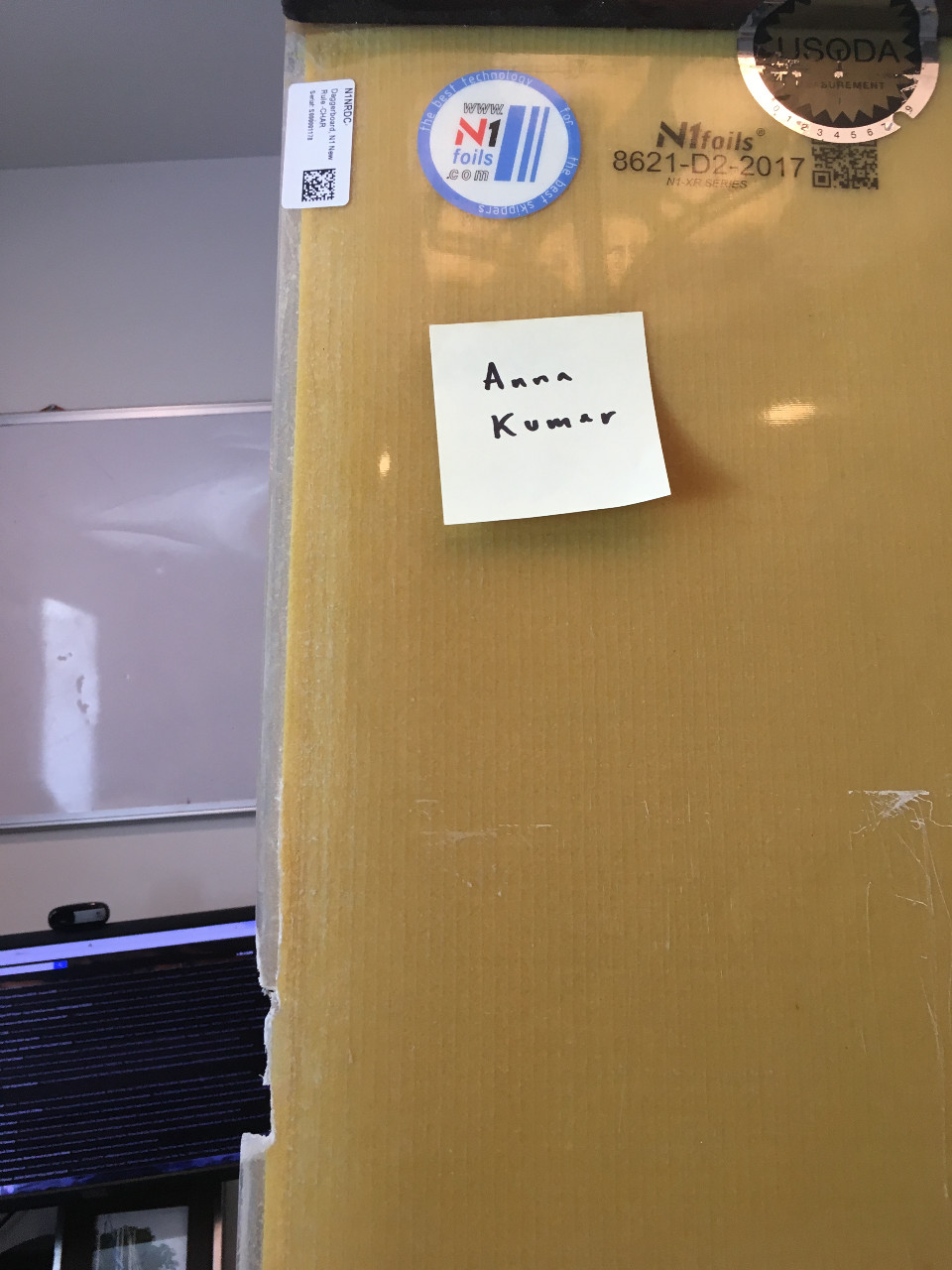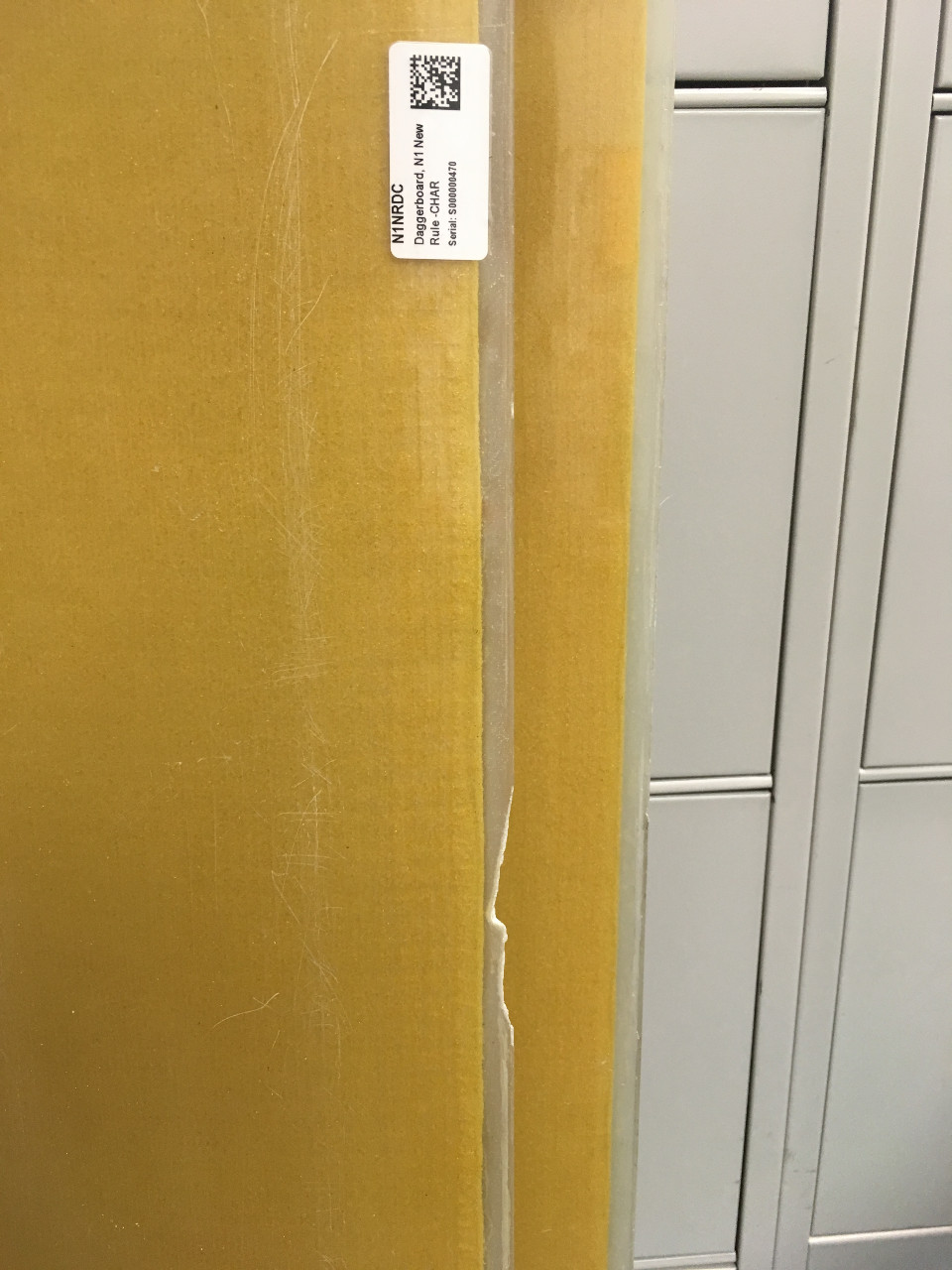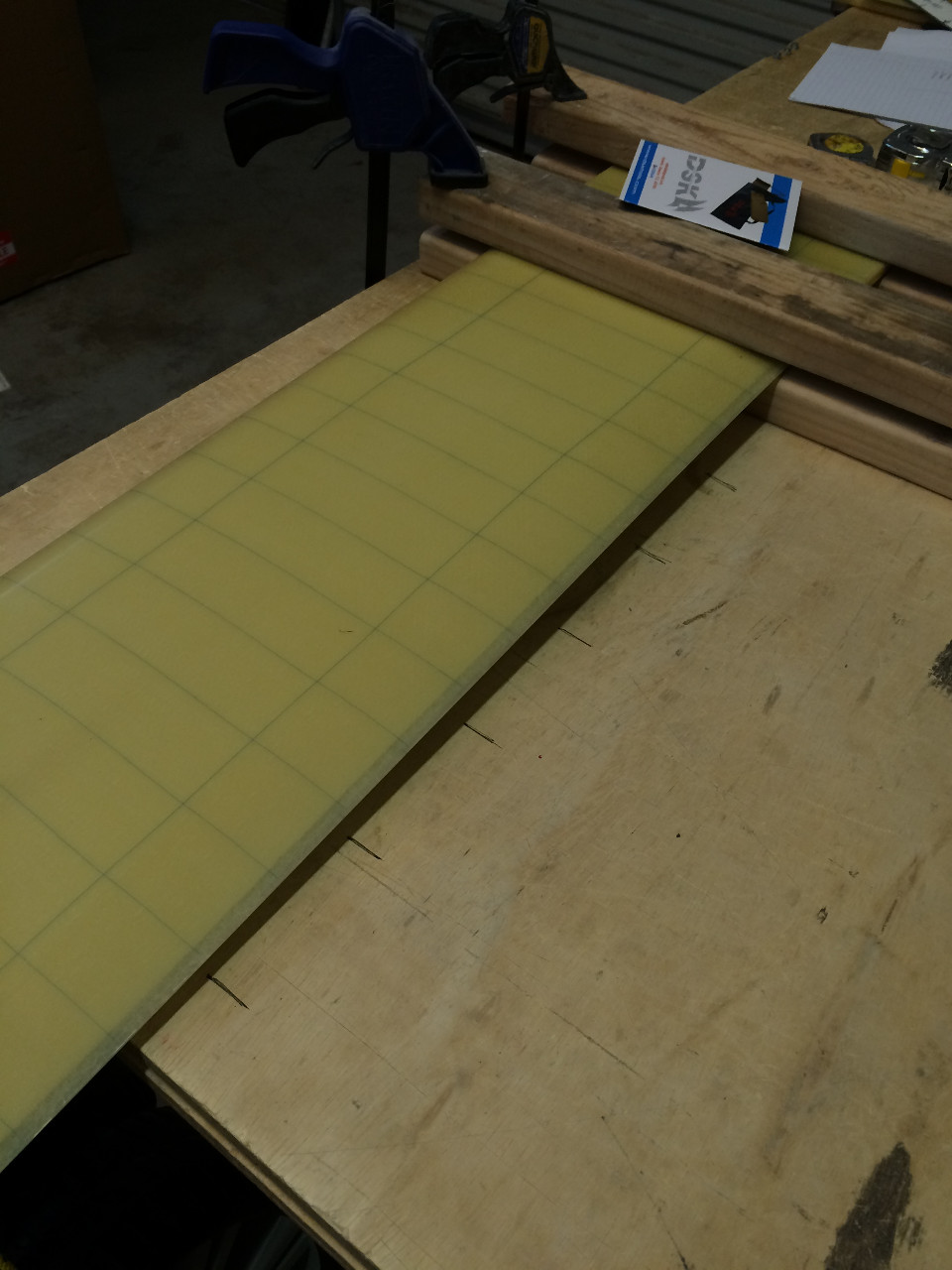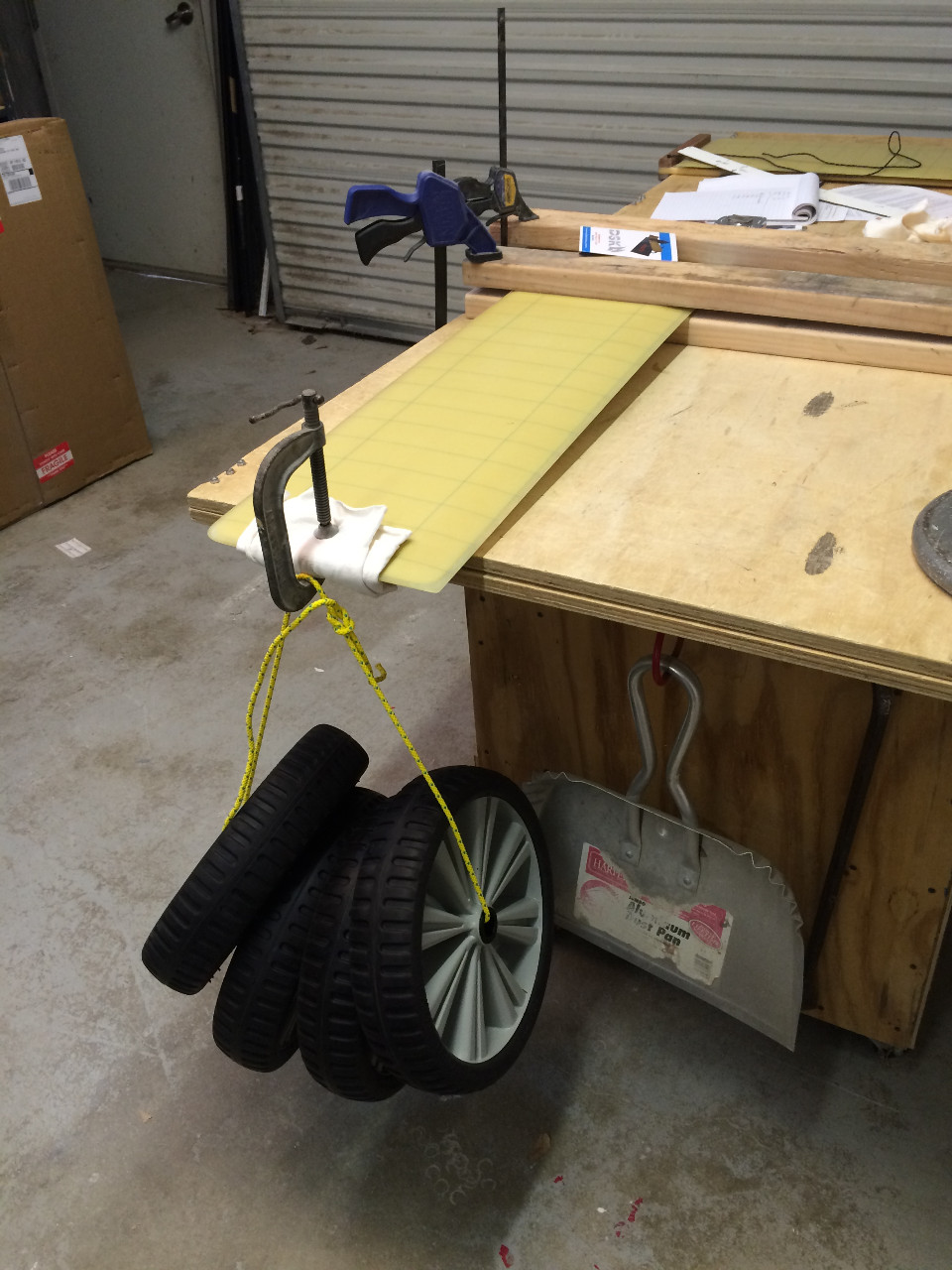McLaughlin’s 2020 Guide to Optimist Racing Blades
This article applies to the top five percent of all Opti sailors and is intended as a guide to highlight the differences in the modern Optimist blades. Today’s Opti racers have more choice than ever before when picking a set of blades.
This guide should help you make an informed decision when purchasing. All blades will have a manufacturer, model number, year of manufacture, and serial number under the epoxy on the upper part of the rudder and daggerboard.
Who are Optimist blades manufacturers, and how can you tell them apart?
DSK — DSK’s are made in Greece. They make a single type of rudder that they pair with three different versions of daggerboards.
In descending order from stiffest to most flexible: the Dynamis, the Exelixis, and the Flexis.
All of their blades are wet sanded to 600 grit below the waterline.
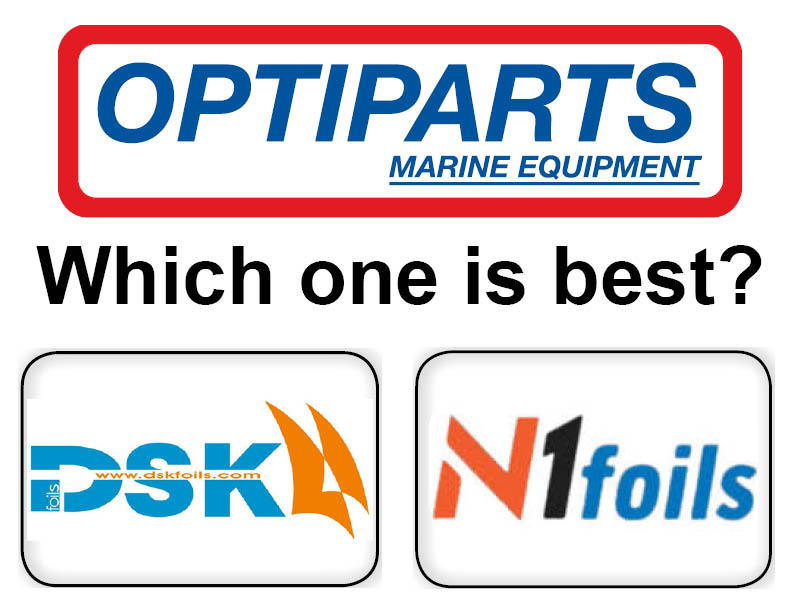
Optiparts — Optiparts epoxy race blades are made in Poland. These are the workhorse blade of most clubs and learn to sail programs as they are the most durable blades money can buy. They also make an exceptional race blade as they measure up as the stiffest blade on the market. Optiparts blades also offer a PRO model with wet sanding below the waterline.
N1 — N1’s are built in Spain. N1 blades have traditionally struck an excellent balance between durability, good shape, stiffness, and finish. In 2017, N1 changed the shape on the daggerboard’s trailing edge, making it easy to distinguish between earlier and later blades.
What to look for in a new set of Optimist Blades?
Materials
All of the IOD95 legal boards on the market use the same laminate schedule. The class rules are very tight in the Optimist, so manufacturers have to distinguish their blades in different ways from the competition.
The main ways these manufacturers set themselves apart are through shape, finish, and stiffness. The class rules state that epoxy fiberglass daggerboards and rudders must use non-colored epoxy resin, a non-absorbent closed-cell PVC foam of 13mm, and a mix of 100 mat, 280 woven and 600 unidirectional fiberglass.
Durability
As the largest optimist charter company globally, McLaughlin gets to see more than 300 blade sets go through the regatta circuit each year.
The opportunity this provides for product assessment and feedback is vast.
The current trend featuring very sharp trailing edges have led to new maintenance issues.
Both DSK and N1 feature a new trailing edge shape. While it is useful for speed, this shape can be easily chipped and may need frequent repair.
Unless you are prepared to repair a chip in blade set on-site at a regatta, you may lose the speed advantage the new profile provides.
The new profile has also led to the rear daggerboard bumper being cut through, damaging the rear of the daggerboard trunk, and leading to an expensive repair.
Optiparts blades are the workhorse of the Optimist fleet, enduring many regattas and are rarely in need of repair. Optiparts blades use the slightly fatter trailing edge profile, which has proven extremely durable. Almost all Optimist manufacturers use a bumper designed for the shape of this profile blade, except for McLaughlin PRO Racers.
Shape
The class rules on shape are very tight, but there are some differences between the manufacturers.
DSK maximizes the daggerboard length and goes to a more aggressive trailing edge while having squared-off corner edges instead of rounded corners. This corner-edge design creates a more efficient foil. The drawback of this design is less material in the fragile trailing edge and bottom of the foil. The lower corner is susceptible to damage because of less material in the corner.
Optiparts went to a new CNC’d aluminum mold in 2016 that solidified the blade consistency, following its philosophy to build the fastest, most durable blade.
Their trailing edge shape isn’t as thin or aggressive as the new DSK’s or N1’s. This thicker trailing edge shape is the most durable of the three manufacturers.
N1 changed the trailing edge shape of their blade in 2017 to be thinner and sharper. The corners on N1 blades still retain the classic rounded shape and are more resistant to grounding or impact.
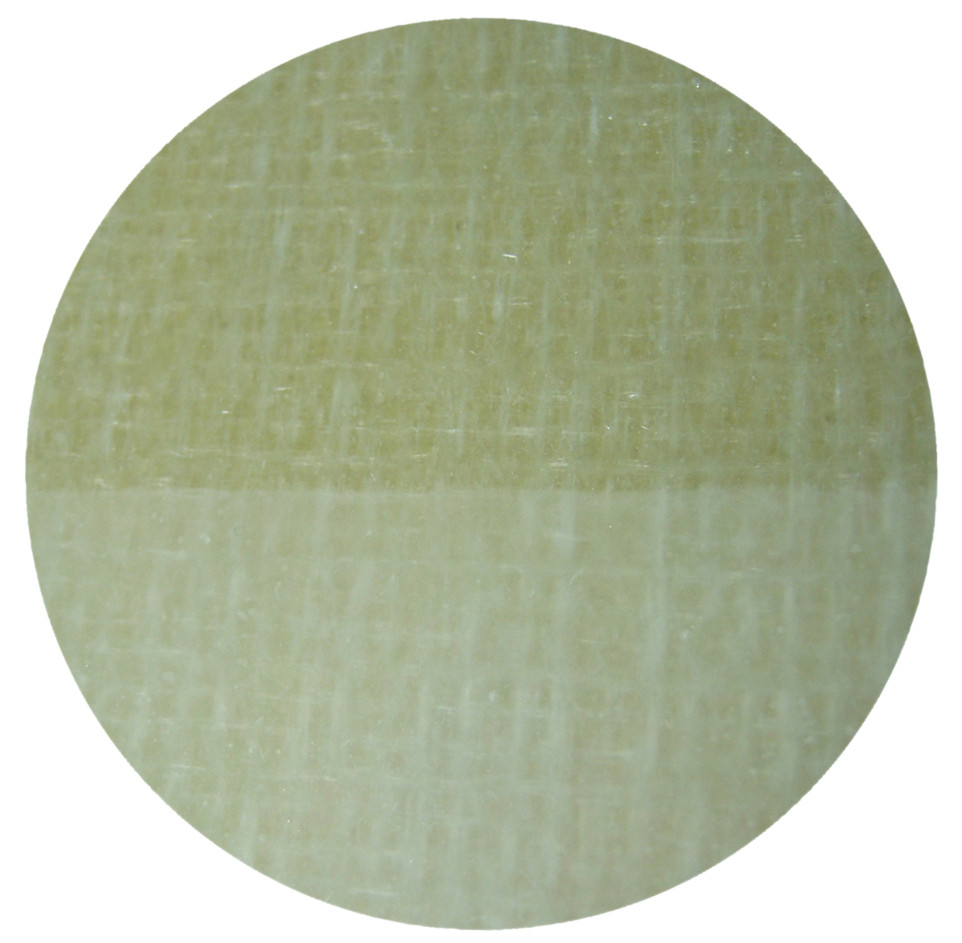
Finish
Blades being buffed (top part of image) or wet sanded (bottom part of image) refers to the finishing, or the work after it comes out of the mold. Most blades require finishing post-mold.
Finishing means sanding the blades and then either buffing them to a mirror finish (the equivalent of wet sanding to around 2000 grit) or leaving them sanded only. Both options have advantages and disadvantages.
Buffed — A buffed blade has a mirror finish and is smooth to the touch. Buffed blades are harder to maintain cosmetically, as small scratches will show on the mirror finish. However, a buffed blade has sealed epoxy pores, and won’t trap dirt particulates and residue in the sailing area.
Wet-Sanded — A wet-sanded blade has been surface sanded with 600 grit or above wet/dry sandpaper, which increases water friction and improves lift. However, a wet-sanded blade may trap dirt particulates and residue, which could increase drag.
Fairness
Fairness refers to the straightness of a blade and the evenness on both sides. All the major blade manufacturers now produce straight blades without lumps or significant defects.
When purchasing used blades, however, it is a good idea to check fairness by holding the blade by one edge, and sighting down it, looking for any curvature.
Stiffness
Stiffness in a blade is a measurement of how much it deflects from straight (true) when under load. There are multiple ways to test the stiffness. For this test, we placed each daggerboard inside a centerboard trunk jig, which was secured sideways. Then, we added a 10-pound weight and measured deflection from true at designated points. We found that claims of boards with different flexibility are able to be verified, but we do not claim as to whether that flexibility is good or bad for your sailor.
From stiffest to most flexible:
Optiparts
N1 and DSK Dynamis are statistically similar.
DSK Exelixis
DSK Flexis
What to look for in a used set of Optimist blades?
There are four things you want to check when buying a used set of Optimist blades.
As a rule of thumb, you are better off with older blades in good shape than the newest blades with scratches or chips — unless you are willing to spend the time and money to fix the blades.
- Check the straightness of the foil by sighting down it for fairness. Avoid unfair blades, as they can rarely be brought back to fair.
- Examine the finish to see if there are any scratches, chips, or dings. Look for scratches that your fingernail can get caught on. Small scratches can be sanded out easily, but deeper ones will require filling with epoxy. Chips and dings will have to be filled and sanded.
- Check the wood handle for any cracks. According to class rules, any wood can be used to make the daggerboard battens. However, finding an excellent all-weather wood, and getting it to the correct size can be difficult.
- Finally, check the pintles for any cracking, and your fasteners for damage. These are easy to replace and can be found at the online store at optistuff.com.
Protecting Optimist blades
A blade bag is a must-have. For $100, you can prevent costly and time-consuming repairs to your $800 investment. McLaughlin has written an extensive article on blade repair. Many scratches can be sanded out.
Caring for Optimist blades
If you want to keep your blades fast, you’ll want to follow these steps.
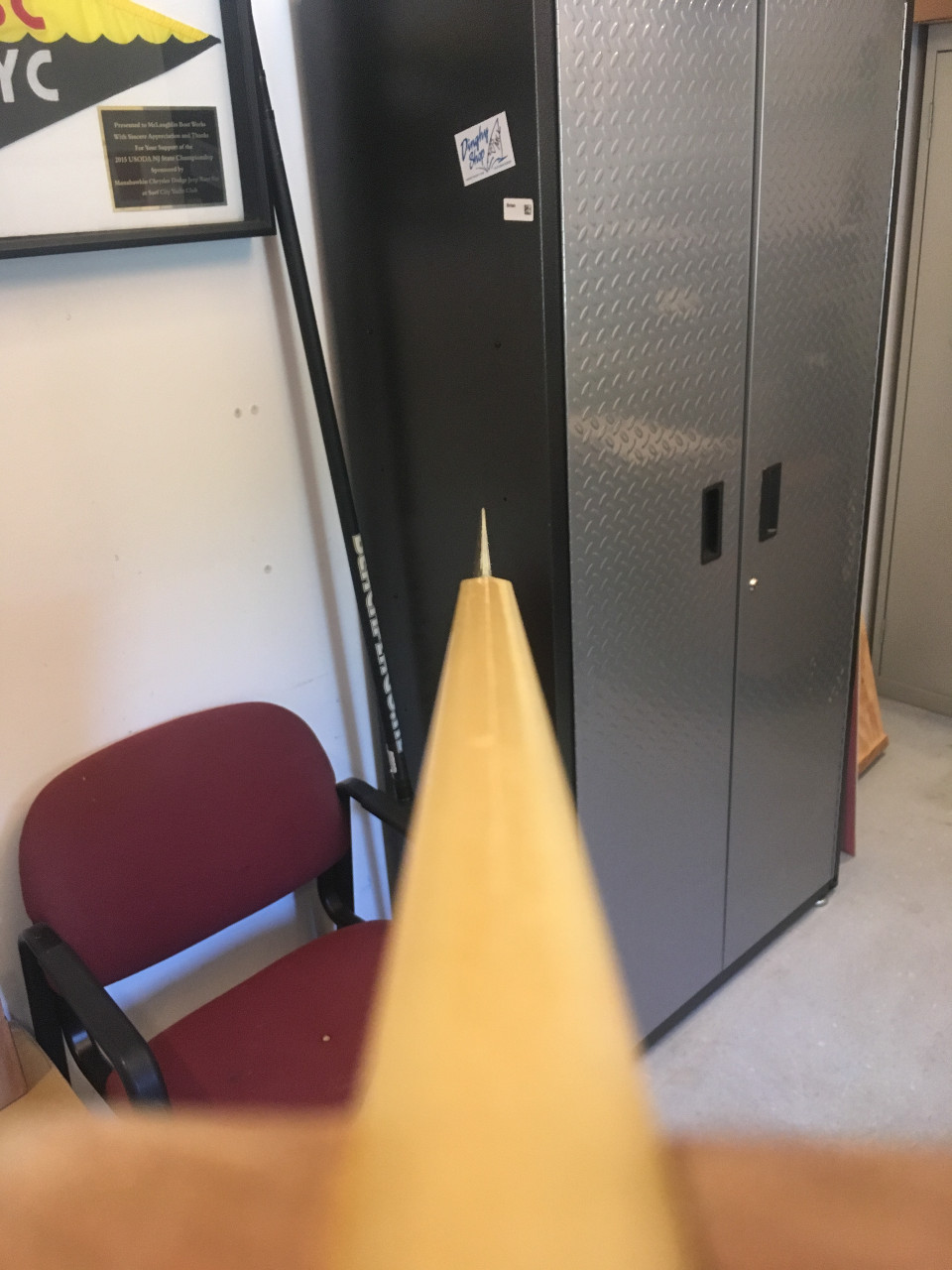
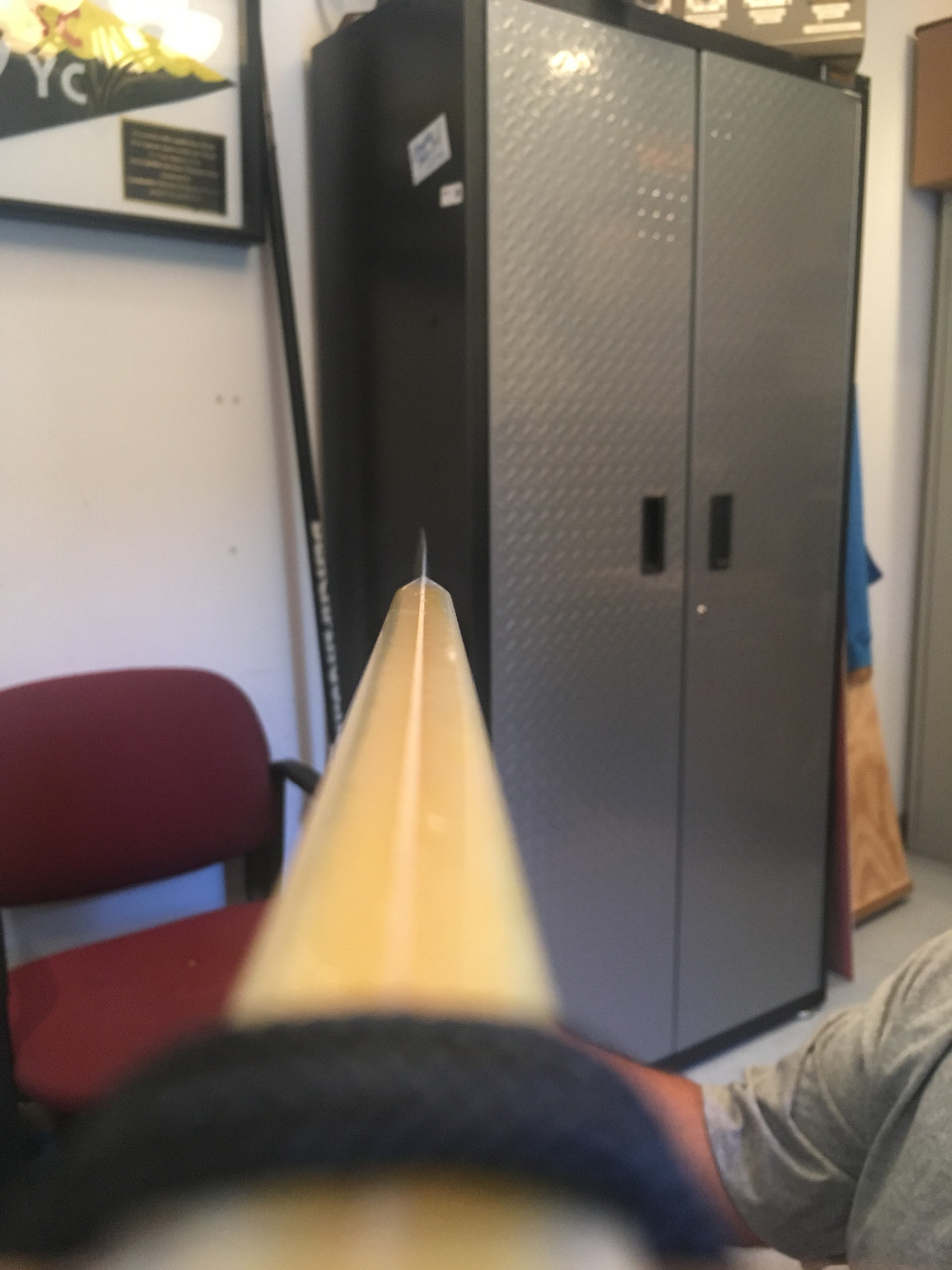
If you sail in a sandy area, make sure you rinse out your daggerboard trunk after every sail as pieces of sand trapped there can leave deep scratches in the daggerboard as it is pulled up and down.
Store them out of the sun and make sure they are dry before you put them in the blade bag. Wet blades will encourage mold to grow and discolor the foam.
Taking your tiller extension off when storing the rudder will also prolong the life of the rubber universal joint, as it will take the strain off from when it is bent. Rinsing the pintles and bolts on the rudder will prevent any rust from forming.
We hope this helps you make an informed choice on your next blade set. As always, feel free to call McLaughlin Manufacturing at 1-800-784-6478 to speak to an expert.
Every sailor wants to have an edge when it comes time to compete, and now you know how to get it.
